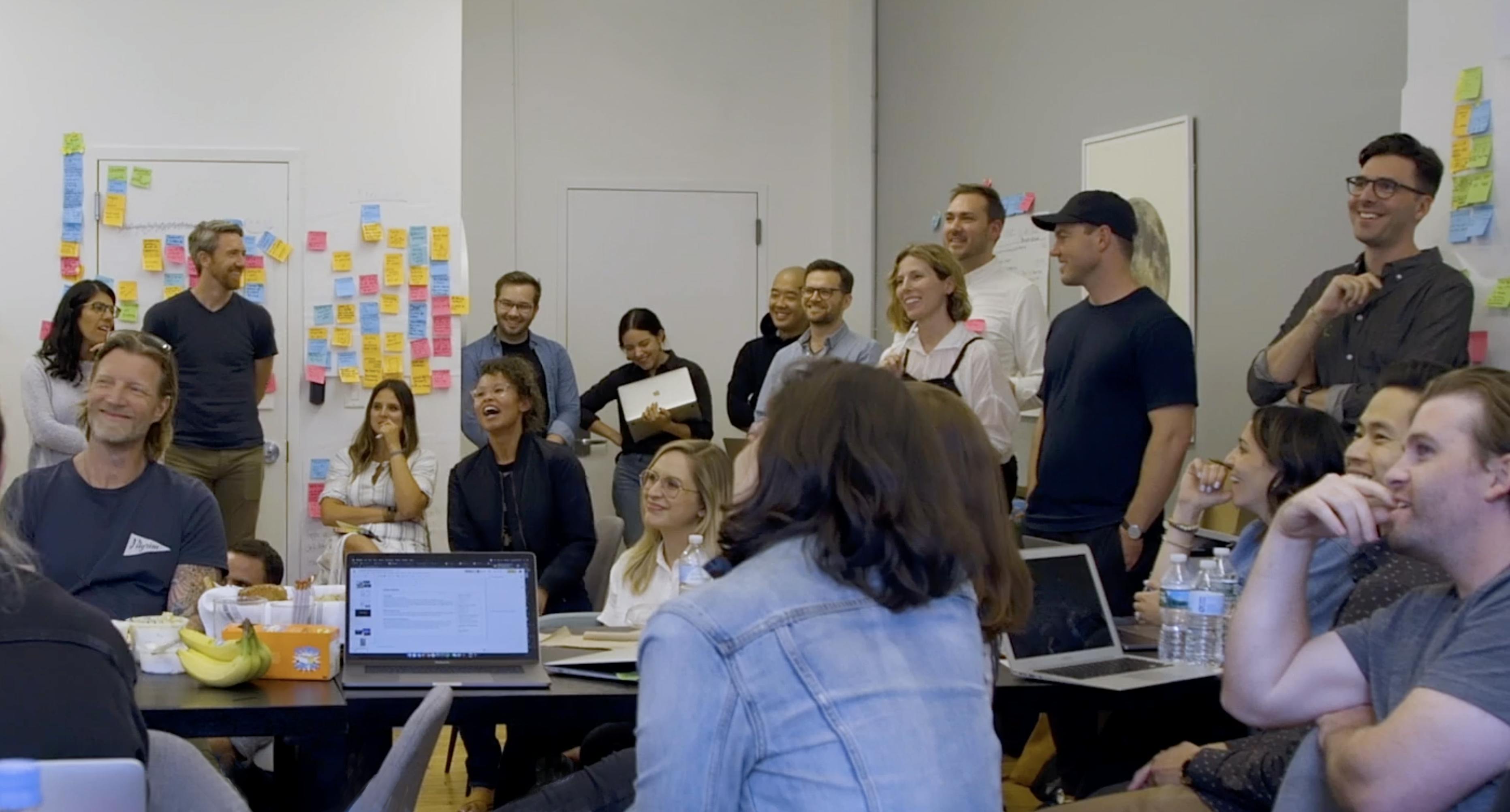Skip to content
Share
Explore

 Staying connected—and strategically consistent—in a remote workplace: A look at Skillshare's operating cadence
Staying connected—and strategically consistent—in a remote workplace: A look at Skillshare's operating cadence
The weekly, monthly, quarterly, and annual meeting cadence Skillshare uses to achieve alignment and business results.
Problem: Operating a high-growth business in 2021

Solution: Consistent and predictable processes in a fast-changing environment

Goal-focused adaptation
Skillshare’s operating cadence
Design an operating cadence that works for your company, with this doc.
Want to print your doc?
This is not the way.
This is not the way.

Try clicking the ⋯ next to your doc name or using a keyboard shortcut (
CtrlP
) instead.